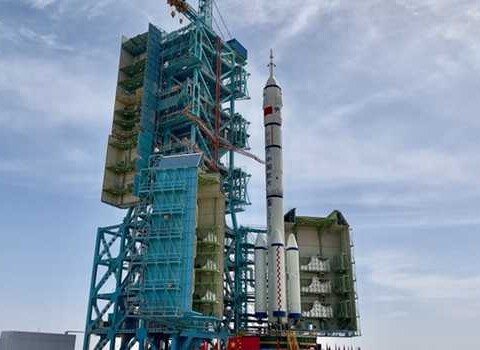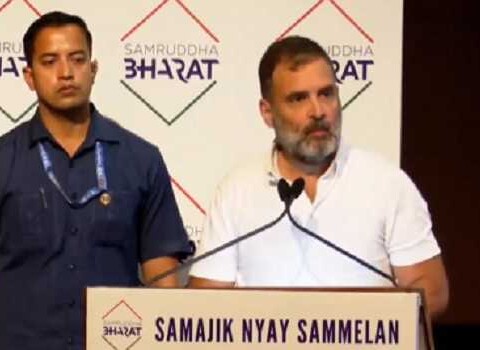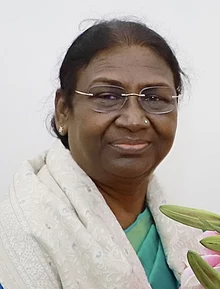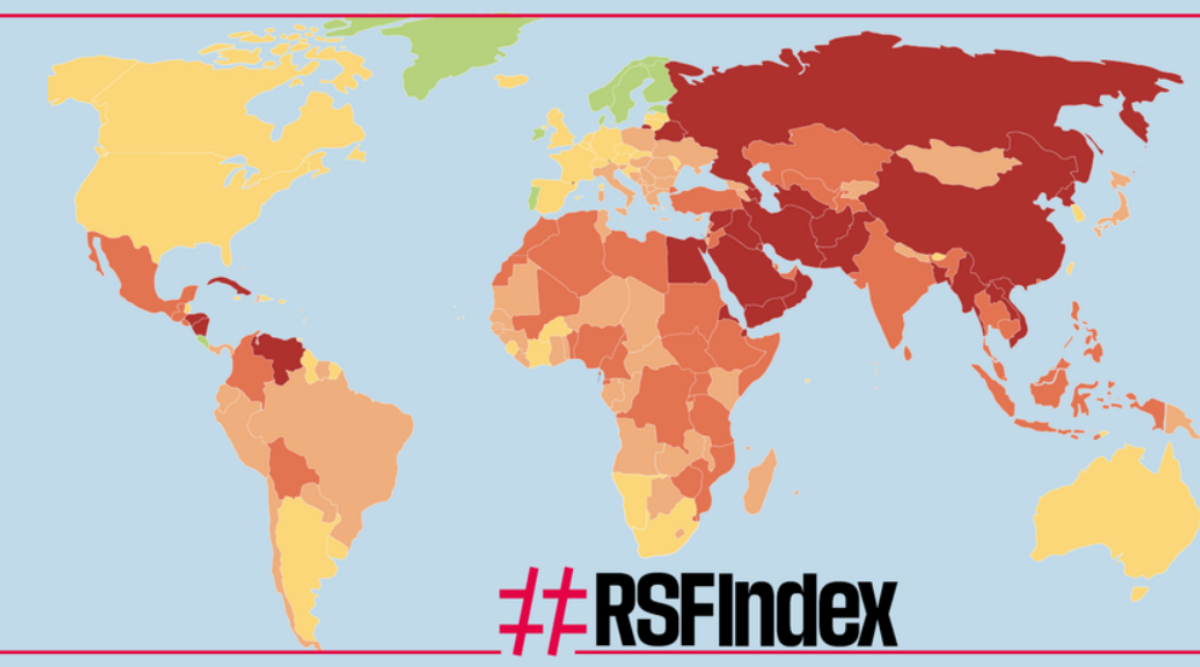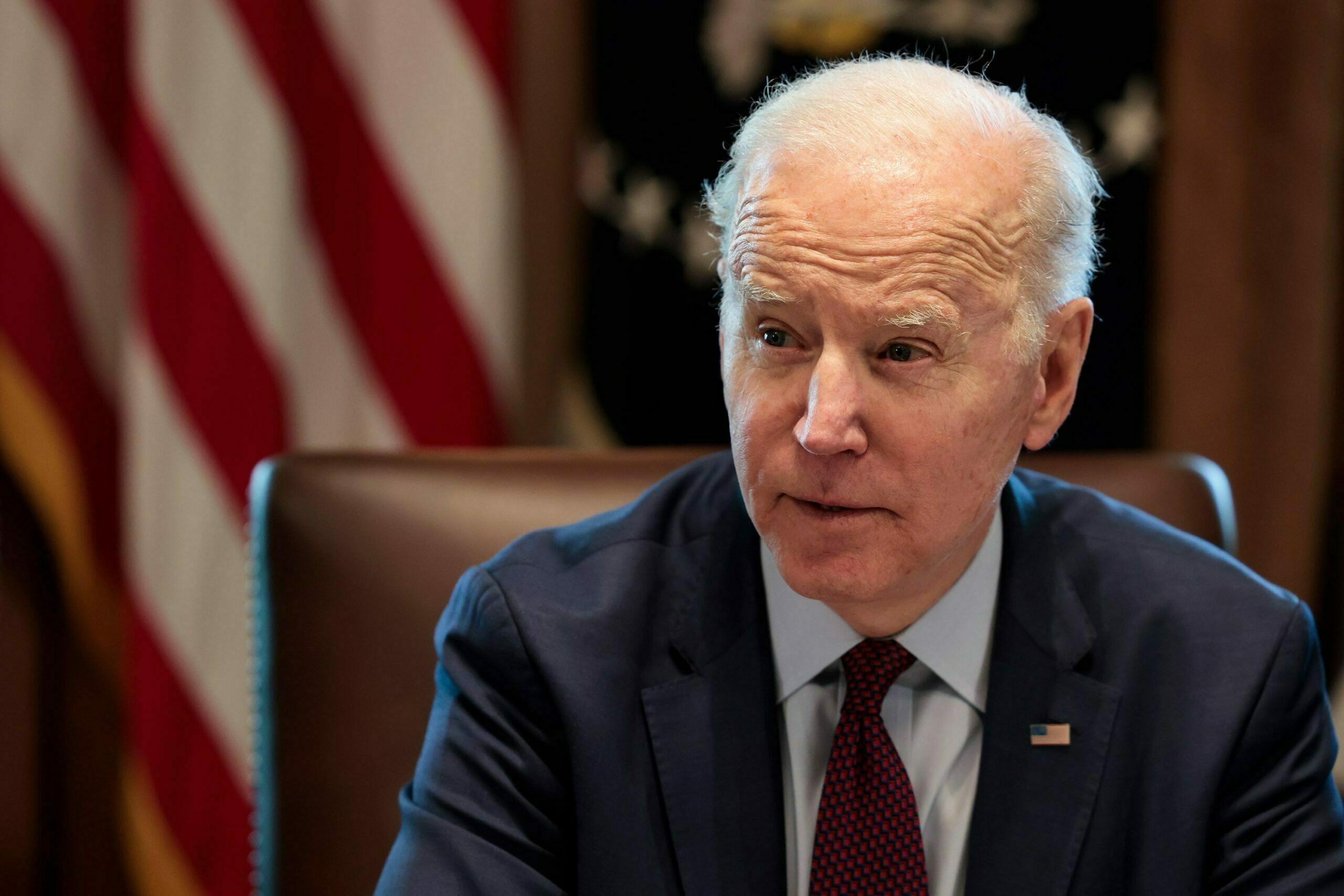The Legitimate Desk Belong
“No one leaves home unless the home is the mouth of a shark”, and none can deny the essence of this quote. Over 65.5 million persons worldwide are currently displaced by war, armed conflict or persecution.
In total, 16.5 million falls under the mandate of the United Nations High Commission for Refugees (UNHCR) as stated by the United Nations estimates.
The plight is that half of the world’s refugees remain in ‘protracted situations’, unstable and insecure locations, most commonly in dense urban areas, but also in refugee camps and Kashmiri refugees are no exception.
Since 1989, they have been living a calamitous life and what an Italian philosopher, Georgio Agamben calls a ‘bare life’ or ‘accursed life’ in Pakistan administered Kashmir. Such kind of life is outside the legal protection and always susceptible.
Forced migration is an intricate practice chosen by a number of people. There are, however, certain reasons for migration which have displaced millions of people across the world and as a result of migration people face various types of challenges in the new regions of settlement, which take decades in settling down, particularly in the conflict zones.
Jammu & Kashmir region has been one of these conflict zones that forced millions of people to leave their homeland for their safety and security. Analysts believe that the position of 1989 refugees is relatively different as compared to the earlier Kashmiri refugees who made their position more critical as they have been directly or indirectly involved in the uprising since 1988 while the earlier refugees were the war-refugees.
After the migration, these refugees had to face many difficulties. But the official sources claim that Government tried to address their anxieties at its level best.
According to government estimates in Pakistan, some 35,000 Kashmiris fled from Indian side during the 1990s to settle in Pakistan. As the 90s decade witnessed a surge in the insurgency, people from border areas travelled difficult terrain and long distances to a country of their dreams or one can call, a second home – Pakistan.
Pakistan considers Kashmir its jugular vein, yet it has not granted citizenship to 40 per cent of the migrants, mostly from the second and third generations.
The conditions of the Kashmiri migrants in Pakistan administered Kashmir is pathetic and like other refugees, they also live in camps and survive on $ 8 per month per person.
Today refugees and internally displaced persons is a world crisis. There are millions of people who have been forced from their homes.
The number of international migrants worldwide grew in recent years, reaching 258 million in 2017, up from 220 million in 2010 and 173 million in 2000 as per the International Migration Report 2017.
Over 60 per cent of all international migrants lives in Asia (80 million) or Europe (78 million). These forcibly displaced persons or refugees face a plethora of challenges.
When they leave their home, they leave their families, kith and kin, heath and hearth, their livelihood and most important their identity and a bond they have with their soil.
Thus every aspect of their lives is altered. In search of security, they often lose inner peace and their identity. In make-shift camps, they forget who they are and end up surviving each day with fresh challenges live throws at them. Moreover, the care provided is fairly effective.
In the 1990s when an insurgency erupted against India, thousands of young men faced the brutalities by the armed forces. The arrest of agitators, protesters and suspected militants was a common practice in Kashmir on Indian side.
Kashmir is an extraordinary place where people are arrested on suspicion of involvement with militants, but the authorities can’t prove guilt, that after their release they are found murdered. Such cases are referred to as ‘alley deaths’.
Men were beaten, tortured and humiliated every now and then and there was no escape to the unrelenting atrocities, thus fearing for their lives, many decided to cross the line of control (LoC). Fear of death torture made them brave enough to trek the difficult terrain on foot for days.
Due to the nightmare of torture and extortion, many families fled to the other side of the line in a make-shift shanty on the outskirts of Muzaffarabad, the capital of Pakistan administered Kashmir.
On arrival, they thought they were lucky to have escaped death and torture from the hands of Indian security forces and to be alive; however, their honeymoon was short-lived.
Soon they came to know the price of being refugees in their own land controlled by two adversaries India & Pakistan. At the time of their arrival in PaK in 1989 or early 1990s, these refugees were single but after 20 years on, each of them has developed their families from four to six people (including children).
Due to the financial crisis, they have no mechanism in place to settle themselves there. Additionally, the local people considered these people as traitors who caused trouble for them.
Kashmir is a lost case, forgotten by the international community. Hardly people remind the situations in Kashmir. Undoubtedly the dispute between India and Pakistan over Kashmir has not only jeopardized regional peace and security, the Kashmiris per se have become the core victim of the conflict and they have mostly been forgotten.
Few people around the world are aware of the suffering of Kashmiri refugees who fled from Indian administered Kashmir around the globe during the late 1980s and early 1990s.Till date, Pakistan has offered refuge to more than 7,000 families roughly comprising 35,000 persons in and around Muzaffarabad. Those Kashmiris mostly arrived from Kupwara and Baramulla districts.
As per a Senior Program Officer, Dutch nongovernmental organization IKV Pax Christi, Marjan Lucas, these refugees have been living in camps for 20 years and their situations remain virtually unknown.
Usually, these make-shift camps are shanty homes with a corrugated iron roof, on the outskirts of Muzaffarabad city, and at least two to three families crowded into two rooms. None of the families possesses a Pakistani ID card, not even those who were born there.
Unfortunately, only one per cent of the total population of Kashmir claims to have been able to visit friends and relatives on the other side, according to a poll conducted by the Royal Institute of International Affairs commonly known as Chatham House.
However, there are many who believe that they aren’t fit in Pakistan due to cultural and linguistic variations. “Many generations died with the hope to see another side of Kashmir or an entire Kashmir united but this is now a far-reaching dream,” said Hafiz Haroon with moist eyes.
Nonetheless, many refugees have accepted the decree of the fate and are proud be a part of the land they once dreamt of.
Emotions apart, the Kashmiri refugees in Pakistan administered Kashmir and Pakistan have gone through a traumatic life on both sides of the border. Since the inception of armed struggle in 1989, security personnel came down heavily on everyone without distinguishing between militants and civilians and this is a harsh reality.
Thus, these people took refuge in Muzaffarabad and the surrounding areas with the hope to return back after sometimes. Since then, three decades passed by yet they are living as refugees, a life full of miseries and utter hopelessness. These Kashmiri refugees are living corpses, completely disturbed and unhinged.
Certainly, some families have settled down and have integrated into mainstream society, however, a major chunk of the refugee population are living under harsh conditions rather they are dealing with serious psychological crisis and major among them is the crisis of identity couple with traumas and physical disabilities.
The local government, nevertheless, claims to have tried to assuage some of the problems of the Kashmiri refugees, but financial restraints have been an impediment.
In deep desperation, these refugees long to go home on the other side of the line, reunite with their families and get connected to the soil, customs and the culture they left with the hope that all will be well after a while.
Others only looked for better living conditions. In their heart of heart, they knew nothing is going to change their status.
They came as refugees, so shall die like that. However, all the Kashmiri refugees are waiting for a final settlement so that they can return to their own kith and kin.
Recently, the world condemned the atrocities incurred on the Rohingya Muslims in Burma but none from the international community over the plight of Kashmiri refugees or the tragedies on the people of Kashmir. In conflict, human rights are merely written on a piece of paper and in reality, these rights are as hallow as a drum which only makes noise.
According to the Universal Declaration of Human Rights, ‘everyone has the right to leave any country, including his/her own and then return to his/her own country but this right isn’t applicable to Kashmir.
Regrettably, Kashmiri refugees can’t go home. They are choked and unable to be connected to their friends and relatives.
Presently, the government has no policy in place vis-à-vis the future settlement of these refugees. Nonetheless, there is a debate going on whether they should be allowed to return to J&K or should be settled in AJK.



